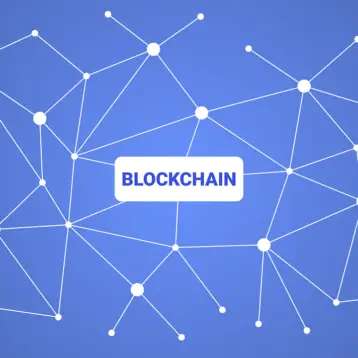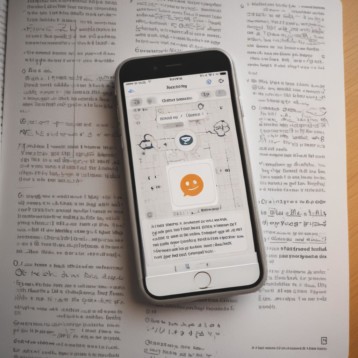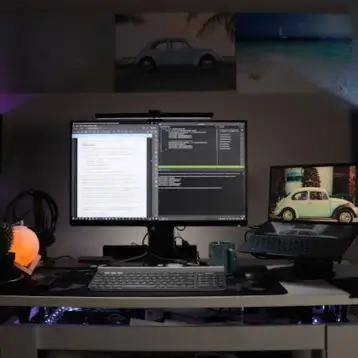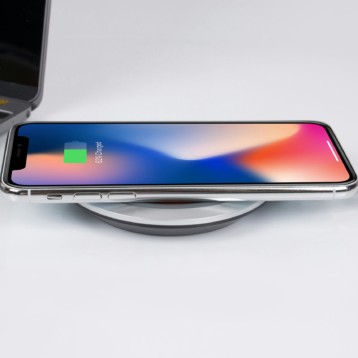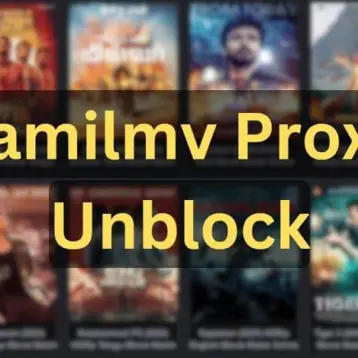It’s very important that you plan out your podcast in advance, and that you use the right equipment and software.

You also need to think about your target audience. And finally, you’ll need to keep up your efforts consistently.
Get The Right Equipment
When you are ready to launch a podcast, you will need the right equipment to get the job done.
It can be overwhelming to try and figure out what equipment is needed for your podcast, as there are many different types of microphones, software programs, and audio interfaces available.
Computer
The most obvious piece of podcasting gear is your computer. It’s where you record and edit your show. But it’s not the only thing you will need.
Headphones
You will also need a good set of headphones, or at least a headset. Headphones are essential to delivering quality audio, especially if you are recording a podcast while on the go.
Having a decent set of headphones will help you to reduce your post-production time and make it easier to listen to your show. They also prevent unwanted sounds from bleed into the mic.
Microphone
To achieve the best sound, you will need to use a microphone that is directional and noise-canceling. There are several models that will give you the most bang for your buck.
Audio Mixer
An audio mixer is another useful piece of equipment. Using a mixer allows you to manually control the levels of your sound.
Get The Right Voice Recording Software
The sound quality of your episodes will determine whether people listen to your podcast. If you’re new to podcasting, you may find it difficult to produce good audio.
Invest In Audio Interface
You’ll need to invest in a good microphone. You’ll also need a good audio interface. An audio interface turns analogue recordings into digital ones, so you can edit them later.
Audio interfaces are available for both Windows and MacOS. Some audio interfaces have multiple input jacks for different microphones.
Choose Voice Recording Editing Software
Once you’ve got your microphone and audio interface, you’ll need the right voice recording and editing software.
Audacity is a free audio editing tool that is easy to use. It’s beginner-friendly and has a number of tutorials online.
Logic Pro is an Apple-made program that is also good for podcasting. It offers a robust editing process and tools to add transition effects.
Plan Out Your Podcast
There are several steps to take when planning out a podcast, including selecting a topic, choosing a format and creating a storyline. Creating an outline and editorial calendar can help you stay organized and keep track of your content.
You can use an editorial calendar to track your guests, episodes, topics and other details. In addition, you can use SEO keywords to determine what topics people are interested in. The more you know about your audience, the easier it will be to plan out your podcast.
Decide on the Format For Your Podcast
Decide on what kind of format your podcast will be. Whether you’re going to film your podcast, create a live podcast, or record interviews, you’ll need the right equipment.
Avoid Noises While Recording Your Podcast
Once you’ve chosen your topic, find a studio or a quiet spot to record. You’ll want to avoid child noises and traffic noise.
Think About The Length Of Podcast Episode
You’ll need to think about the length of your podcast. Most episodes run between 20 and 45 minutes. However, there are some shorter podcasts.
Marketing Your Podcast
As a first step, consider how you’re going to market your podcast. Create a landing page or website, then create social media posts and mentions for each episode. Once you have a basic plan in place, record a few episodes.
Get The Artwork Done Correctly
If you want to launch a podcast, you need to get the artwork done correctly. Good cover art will help your show get featured in the iTunes “What’s Hot” section. Plus, you’ll have a nice photo to display in your social media profiles.
You’ll want to get the right size. Apple Podcasts require an image no smaller than 1400 pixels by 1400 pixels. But you don’t have to be a graphic designer to create a slick looking podcast cover. You can take advantage of tools such as Canva.
This app is a self-service design tool that can be used to craft graphs, social media images, and more. It’s also a good idea to find out if you have permission to use someone’s property, like a street or park, for your artwork.
Then, you’ll want to make sure you have the most important component of a great podcast cover: white space. Not having enough room in your artwork will cause it to look unfinished. A good rule of thumb is to use a minimum of two square inches of white space, but no more than five.
Use the right font for your title. Ideally, you should use a sans serif, but a serif is fine as well. Also, be sure to use a different font for subheadings.
If you’re planning to re-brand, consider using a theme. A theme will help you to create a cohesive message and will attract more people. For example, if you plan to create a podcast on a topic that is popular with your target audience, you can add a little more color to that topic.
Think About Your Target Audience
One of the most important steps to take when starting a podcast is to think about your target audience. This will help you to better connect with and satisfy your audience. It’s important to find out what your audience wants and needs, as well as what type of content they enjoy most.
You can use a survey to get specific information about your target audience. Some podcast hosting sites allow you to do this, such as Google Forms or Survey Monkey.
Once you’ve determined your target audience, it’s time to design your podcast. This may sound simple, but it can be tricky. Keep the target audience in mind at every stage of planning and production.
While it may seem like podcasts are the easiest way to reach an audience, they can also be difficult. Whether you’re launching a new show or you’re planning to re-brand your existing podcast, it’s vital to understand who you’re reaching and how you’re going to connect with them.
Conclusion
A podcast is a new way to communicate. It can be an extension of other media, or a unique way to deliver training or information. Podcasting allows content creators to share their passions and build audiences.
A good podcast outline includes a hook that draws attention, transitions, and interview questions. Including these elements will help your show to stand out from the rest.




